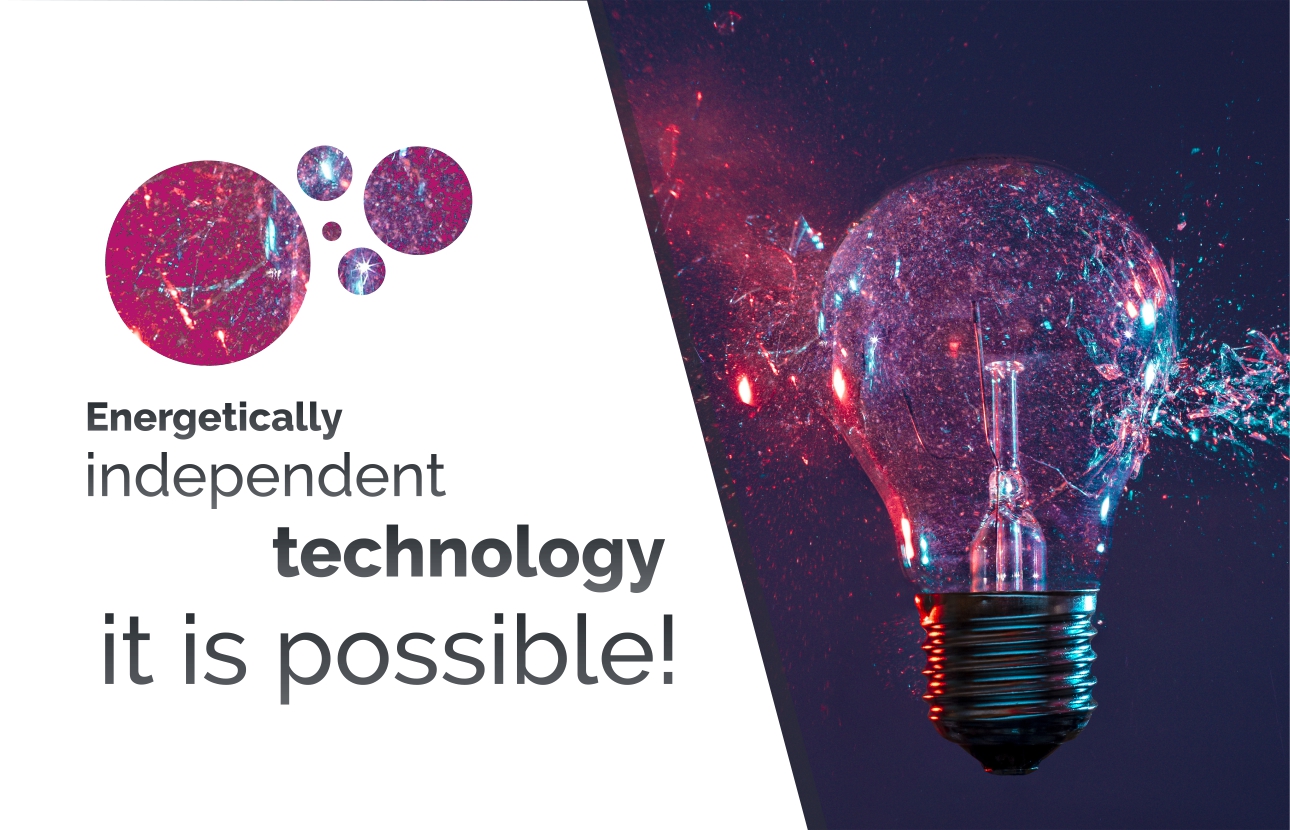The word „technology” evokes a certain chain of loose associations in each of us. Most often, when we think about technology, we mean electronics, machines and complicated processes. Where above-mentioned ones occur, electricity is needed in a considerable amount. Its price is growing every year. Is it possible to break this line and gain independence resulting in a significant cost reduction? It turns out that yes!
Out off the grid – out of the box
Considerations on energy independence should begin with recalling a fact. Connecting to the publicly available power grid is everyone’s right, but it is not an obligation. It is also not obligatory to pay very high electricity bills, as long as we do not use this electricity. So how to meet the needs and power the devices that require access to energy?
Off-grid systems, also known as island systems, are independent sources of electricity, not connected to the power grid, which are most often based on renewable resources provided by our planet. Such systems are usually photovoltaic panels or small, yet very effective wind turbines.
What is independent already?
Currently, off-grid systems are quite commonly found in the construction of modern road infrastructure elements. It is enough to look around while traveling through the city to see traffic lights, light points, information boards powered entirely or partially by a small photovoltaic element.
Larger systems that independently produce energy are also used to power summer houses, mobile homes (campers) or secluded, remote places without access to the network (such as mountain settlements and shelters, smaller islands).
What can become independent soon?
Progressive miniaturization and the desire to create the most compact and capacious energy storage possible will inevitably lead to the development of off-grid systems. The bottleneck that manufacturers of such solutions are currently struggling with is insufficient battery capacity. Most of the independent installations are based on natural energy, to which constant access is never guaranteed. Therefore, it is necessary to use them to the maximum and efficiently store the produced energy. Work on this is underway, and we will soon experience a whole range of possibilities: from simple completely wireless electronic devices, through production or service machines, to vehicles and even entire self-sufficient buildings and huge production plants.
Impressive numbers
The development of the entire off-grid market is perfectly demonstrated by impressive statistics. According to a report by the World Bank Group and the Global Off Grid Lighting Association, in 2019 the off-grid solar installation market reached an annual value of $1.75 billion, and provided energy services to over 420 million users. These numbers are still in a growing trend. The Off-Grid Solar Market Trends 2020 report also found that the industry has made great strides in recent years. Since 2017, revenues from the island systems industry have grown steadily, with a 30 percent increase every year.
It must not be forgotten that around 840 million people still have no access to electricity, which shows that there is plenty of room for further development.
What is the purpose of it all?
The question may seem simple, but the answer is much more extensive. The first advantage of disconnecting from the grid is the reduction of expenses by over 90%. In any business, electricity bills are a significant cost generator that we can avoid using off-grid solutions. Another value that cannot be overestimated is independence. Installations of this type do not need to be reported or supervised by the officials, no complicated process of connection to the network is necessary. The location of “off-grid” powered devices becomes possible literally everywhere, even in isolated and inaccessible places. We decide for ourselves where and how our equipment should function. Additionally, it is all based on ecological, natural renewable sources. Each device powered by an off-grid installation is “clean” and does not contribute to the use of electricity from power plants, which are often the biggest polluters of the natural environment.
In a deluge of benefits
Thanks to the rapidly developing technology of recent years, the creation of completely energy-independent devices or entire systems is becoming a reality. Of course, choosing such a method of supply requires some increased financial outlays at the initial stage, but due to the long-term profit that is easy to calculate, it can be treated as an good investment. The multitude of economic, infrastructural and practical advantages shows, that off-grid systems will be the object of interest of many conscious and modern technology companies in the coming years.


